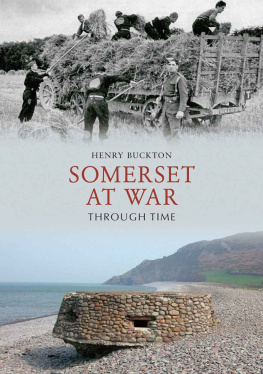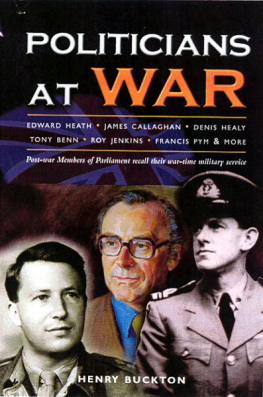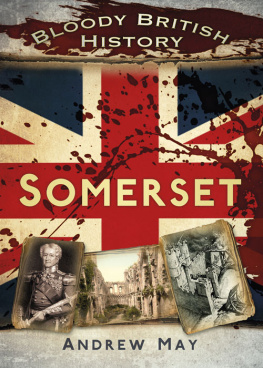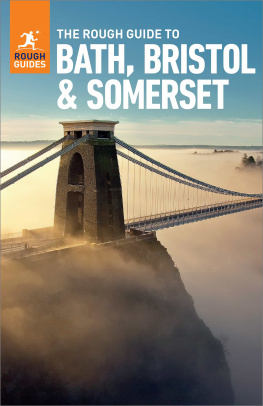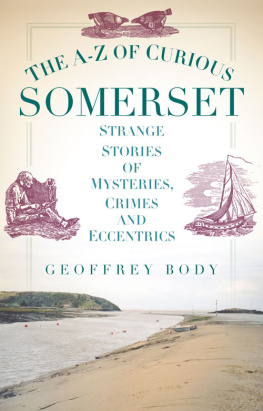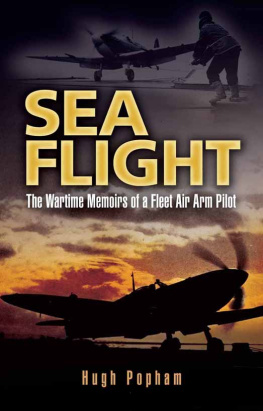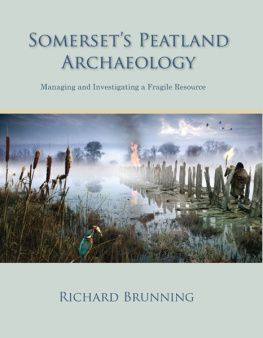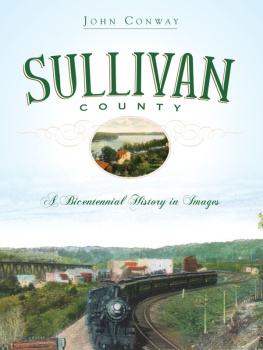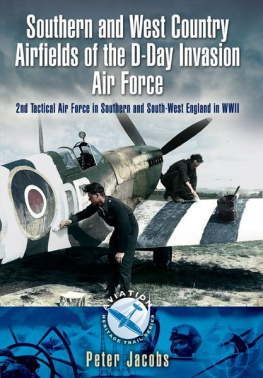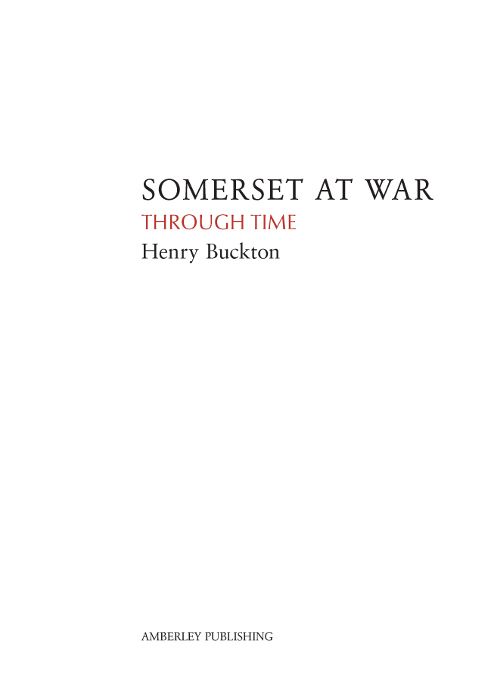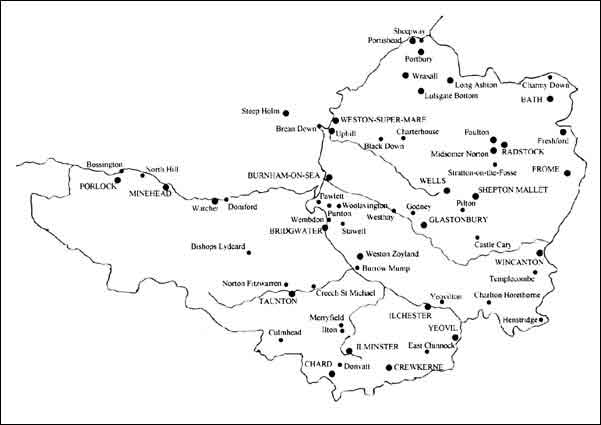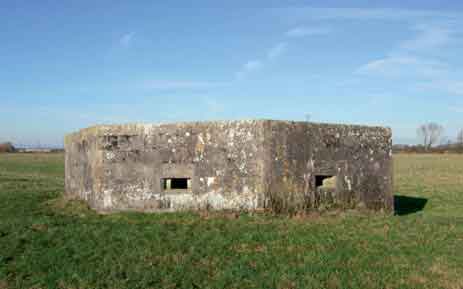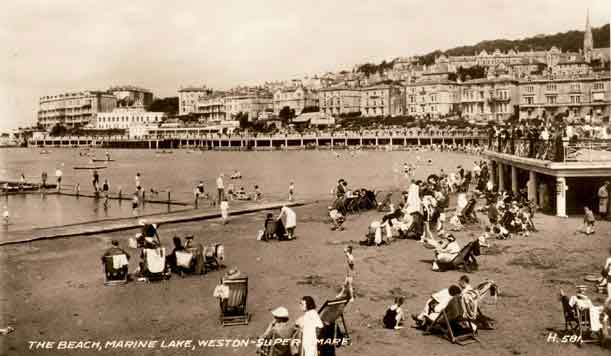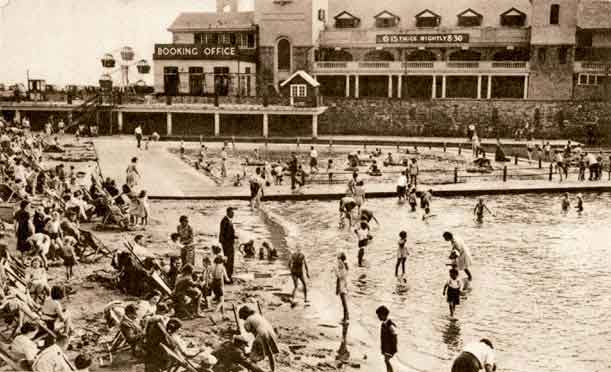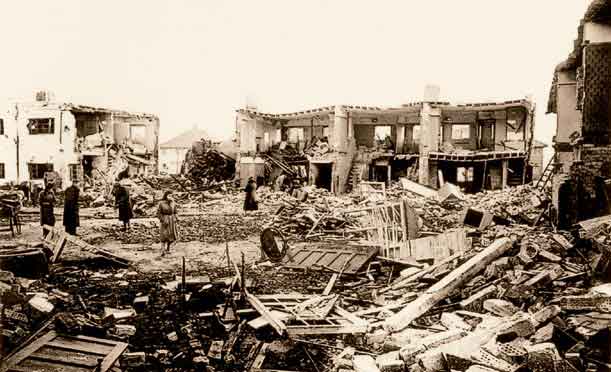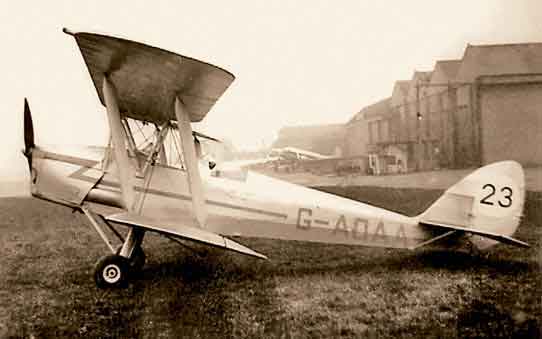Map of locations visited.
This electronic edition published 2013
Amberley Publishing
The Hill, Stroud, Gloucestershire
GL5 4EP
www.amberley-books.com
Copyright Henry Buckton 2009, 2013
ISBN 9781445606385 (PRINT)
ISBN 9781445624556 (e-BOOK)
All rights reserved. No part of this book may be reprinted or reproduced or utilised in any form or by any electronic, mechanical or other means, now known or hereafter invented, including photocopying and recording, or in any information storage or retrieval system, without the permission in writing from the Publishers.
British Library Cataloguing in Publication Data.
A catalogue record for this book is available from the British Library.
Contents
Introduction
Growing up in Somerset I was fascinated by the varied structures dotted around the landscape, which my parents told me were erected during the Second World War, when the country was about to be invaded by the Nazis. In fact, wherever you go in the county you are never far away from a reminder of those wartime years. There are pillboxes, coastal defences, army camps, airfields, and many other relics of those dark days. In this book we shall be taking a geographical tour around the county, to find out exactly what was going on at the time to warrant the building of this wartime infrastructure.
Somersets contribution to the Second World War was extremely varied and the locations we visit help to illustrate this diversity: coastal defences at places like Brean Down and Steep Holm; pillboxes built to bog the Germans down if they had invaded the South West; how the town of Glastonbury prepared itself to be occupied by enemy troops; barrage balloon trials on the Pawlett Hams; how explosives were produced at the Royal Ordnance Factory; why the town of Bridgwater sent a defiant message to Hitler; how the first jet aircraft entered service with the RAF at Culmhead; why the Taunton area was crucial to the defence of the West Country; how naval fighter pilots were trained at Yeovilton, while anti-aircraft gunners were trained at Doniford and tank crews near Minehead. We visit Downside Abbey School, the scene of one of the most tragic accidents of the entire war, and Double Hills, where the first casualties of Arnhem perished. We study the military prison at Shepton Mallet where the Americans executed some of their own soldiers; Pilton, to learn about the Womens Land Army; the important contribution made by the town of Yeovil to wartime aviation; the airfields at Weston Zoyland and Merryfield, from where American airborne forces took part in D-Day; and we see how Bath and Weston-super-Mare experienced the worst of the bombing on the county.
Henry Buckton
Pillbox on the Somerset Levels, near the authors home at Westhay.
Acknowledgements
Photo Credits:
Author: top 41, 43, 47, 53, 55, 58, 70, 87, 92, 94, 100, 106, 107, 116, 123, 124, 128; bottom 3, 8, 9, 10, 13, 17, 18, 19, 20, 22, 23, 24, 25, 30, 31, 32, 33, 34, 35, 36, 37, 38, 39, 40, 41, 43 44, 45, 46, 47, 48, 49, 50, 51, 53, 55, 57, 58, 59, 60, 61, 62, 64, 65, 66, 68, 69, 70, 71, 72, 77, 78, 81, 82, 83, 84, 85, 86, 87, 88, 90, 92, 94, 98, 100, 103, 104, 106, 107, 108, 113, 114, 115, 116, 120, 121, 123, 124, 126, 127, 128. Authors collection: top 5, 8, 9, 10, 13, 42, 49, 52, 61, 63, 79, 84, 97, 98, 101, 102, 104, 113, 114, 115, 118; bottom 5, 73, 75, 99, 102, 117. www.b24.net: top 69. Bundesarchiv: top 60, 99; bottom 118. Bill Caple: top 6, 15, 16; bottom 6, 15, 16. Don Cook: top 91; bottom 91. John Crockford-Hawley: top 75. Francis Disney BEM ISM: top 109, 110; bottom 109, 110. Roger Evans: top 72, 74. Peter Fitzmaurice: top 7. Peter Garwood, Balloon Barrage Reunion Club: top 31, 50, 51; bottom 52. The Helicopter Museum: bottom 7. Hestercombe Gardens Trust: top 78. Peggy Holbrow: top 80. Tim Hollinger, www.airborne506.org: top 38, 62, 64, 68. Edward Johnson: top 11, 12, 14, 17, 18, 75; bottom 11, 12, 14. Dom Leo Maidlow Davis, Downside School: top 105; bottom 105. Duncan Lucas: top 90. Carole Miller: bottom 79. Jan Morland: top 48. George Morley Collection via John Penny: top 34, 35, 82. Iain Murray: bottom 54. Rodney Pearce: top 77. Wendy Rennison: bottom 80. Lorna Rundle: top 81. Severnside Aviation Society: top 19. Graham Toms: top 45, 76; bottom 76, 101. Charles Wilkins: top 21; bottom 21. 303rd Bomb Group Association: top 20; bottom 89. Michael Virtue, Virtue Books: top 22, 23, 24, 25, 27, 28, 30, 32, 33, 36, 37, 39, 40, 44, 46, 54, 56, 57, 59, 65, 67, 71, 73, 83, 93, 95, 96, 108, 117, 119, 120, 121, 122, 126; bottom 42, 56, 67, 74, 93, 95, 96, 119, 122. Robin Walker: top 86; bottom 97. Watchet Market House Museum: top 66. E. J. Wilbourne: top 125; bottom 125. Ken Wilkinson: top 103. Andrew Wilson/Kenneth Allsop Memorial Trust: top 26, 29; bottom 26, 27, 28, 29. Wikipedia Creative Commons License: top 88, 89, 127; bottom 63. Ken Wilkinson: top 85. Peter Yeates: top 111, 112; bottom 111, 112.
Outbreak of War
We begin our journey on the coast at Weston-super-Mare which, in the summer of 1939, was bustling with holidaymakers as shown in the pre-war postcards above and below. On 3 September the prime minister, Neville Chamberlain, announced to the nation that we were at war with Germany. The people of Weston along with the rest of Somerset got used to rationing, living in the blackout, putting on their gas masks and digging for victory. Before long evacuees arrived to escape the anticipated bombing of London but, as it turned out, Weston-super-Mare was far from being a safe haven.
First Major Bombing of Weston
The first really serious attack on Weston took place on 4 January 1941, when at around ten oclock in the evening aircraft appeared over Sand Bay. Instead of continuing up the Severn Estuary towards Bristol, as would be expected, the bombers turned inland and launched a heavy attack across the town. Over thirty people were killed during this raid, including several evacuee children, and more than eighty others were injured. These photographs show some of the devastation that was caused in Stonebridge Road on the Bournville Estate.
The RAF at Weston
Weston was involved with the war effort in a number of different ways. First there was RAF Locking, home of No. 5 School of Technical Training. Weston also had a civilian airfield requisitioned in May 1940 for service with the RAF. At one time this was an initial training facility for men who wished to join the RAF as pilots. For this purpose Tiger Moths were kept at the airfield as seen above. From April 1944 the aerodrome accommodated the staff college of the Polish Air Force. Today the towns renowned Helicopter Museum is housed on part of the original site (below).

